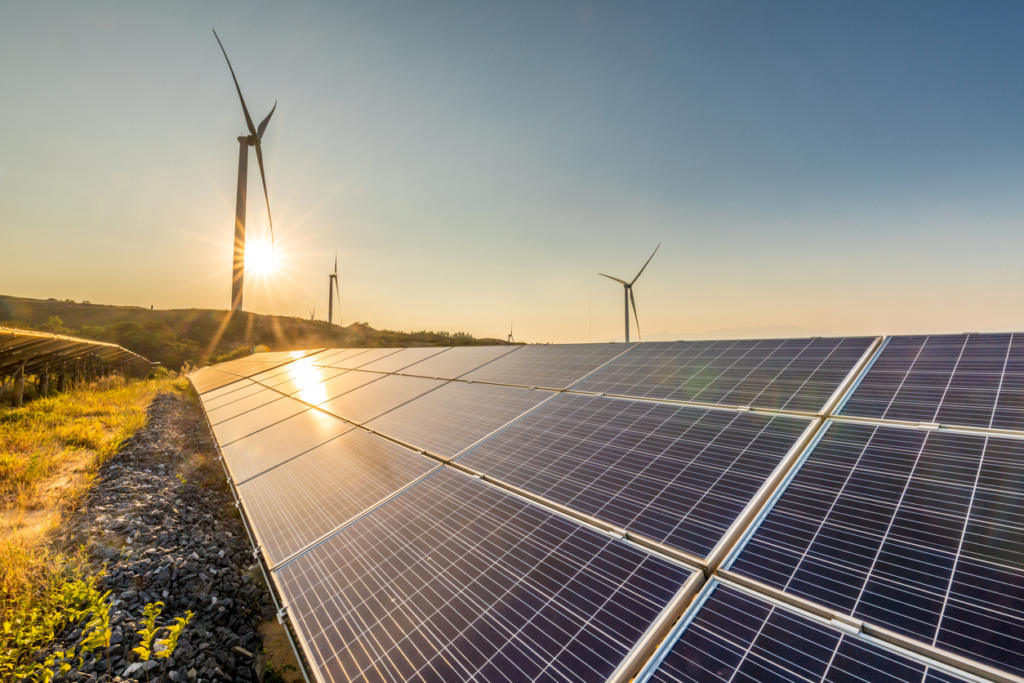
Tripartite MoU
Three Central Asian states Azerbaijan, Kazakhstan, and Uzbekistan have recently signed an MOU with two major financing organisations, namely the Asian Development Bank and the Asian Infrastructure Investment Bank.
ADB Director General for Central and West Asia Yevgeniy Zhukov described the agreement as a “defining moment” for the development of a green energy corridor connecting Central Asia and the South Caucasus via a power line stretching under the Caspian Sea.
It has to be remembered that Central Asia is steadily emerging as an economically important region for promoting overland connectivity and green energy production and supply to Europe. The emergence of Central Asia as an important strategic region was a foregone conclusion, which political punditry had predicted after the withdrawal of Russian forces from their incursion into Afghanistan 1970s.
However, the Ukrainian war, followed by President Trump’s surprise financial reforms under his America First concept, precipitated the resolve of the European countries to devise means and methods for self-reliance, independently of the United States. Therefore, the EU collectively and its member-states are gearing up to face the financial and economic challenges resulting from President Trump’s “tariffology”.
In the aftermath of the aforementioned three Central Asian states signing the MoU, the Azernews agency quoted Azerbaijani Energy Minister, Parviz Shabazz saying that “Our cooperation will enable us to start feasibility studies of the project soon. Thanks to this regional green energy initiative, Azerbaijan and Central Asia will realize the first trans-Caspian Energy Corridor.”
A similar initiative involved a power line across the Black Sea, enabling the export of electricity to the European Union.
The trans-Caspian plan initiated in May last, is expected to generate electricity from renewable sources in Central Asia, mainly solar and wind power, which would be exported to the Azerbaijan grid. From there, it will be relayed onward to the EU. So far. Curiously, no cost estimates or timelines for the completion of the project have been announced.
In outlining plans for cooperation, the tripartite memo envisions the laying of a “high-voltage cable” on the Caspian seabed. Technical specifications for such a transmission line have already been developed, according to Kazakh Energy Minister Malassada.
He is also reported to have said that the EU had given the budding consortium an expression of “interest in purchasing clean electricity.” The feasibility study will work out construction and financing details and is expected to produce preliminary estimates by the end of the year. It is too early to put a price tag on the project or the amount of power exports involved.
B5+1
The idea of trans-Caspian connectivity could have been inspired by the B5+1 proposal. An economic blueprint proposed by the United States, dubbed the B5+1, envisages Central Asian states taking the initiative in breaking down regional trade barriers and forging new networks to boost trade and investment.
The “B5” represents the five states involved in the project, while the “+1” signifies an additional partner, often a bank or financial institution providing funding or support for the electricity infrastructure.
Such proposals generally sprang from the thinking in Western countries that, after the break-up of the former Soviet Union, the Central Asian states could take initiatives for reconstructing their economies. Since connectivity and a unified power grid are the prerequisites for creating a multilateral outlook, the B5+1 could make a quick impression on the three Central Asian States, one of which, namely Azerbaijan, is a “Cis-Caspian” state.
The European Union showed interest in the project and must have persuaded the two significant banks, the ADB and the AIIB, to acknowledge the significance of the project and support it accordingly.
Recent geopolitical strategies in and outside Europe have made it clear to the EU that dependence on energy resources either of Russia or the Gulf countries needs to be backed up by a more viable and more dependable source of energy. Consequently, the Trans-Caspian project would also mean a meaningful shift in geostrategies in the region.
Side view
Each of the three signatories to the MoU has specificities and will look at the unfolding scenario from a strictly national angle, yet there is a common thread running through their broad perspective on the significance of energy resources for rapid development. Central Asia has lagged behind the European and the Caucasian countries in terms of infrastructure and other areas of development as it lay behind the Iron Curtain for nearly a century under Soviet rule. Therefore, it is natural for these states to harness their resources and manpower to fill the gap in their development development.
The main player for power exports is Uzbekistan, which aims to generate an additional 20 Gigawatts (GW) via renewable sources by 2030. Meeting that target would raise the country’s total renewable capacity to 27 GW. By April, the government had signed deals to develop wind and solar facilities projected to produce 12 GWs. In May, Uzbekistan entered into contracts for another 6 GW, reported Eurasia Net in a write-up of 2024.
Kazakhstan is a somewhat different story. Its renewable goals seem more modest than that of Uzbekistan. Its current generating capacity is about 2.9 GW of power via renewable sources, and the State hopes to add at least another 5 GW by 2030, according to Energy Minister Satkaliyev. Much of that capacity may be needed at home, however, as Kazakhstan grapples with a power deficit that saw the country become a net importer of electricity in 2023.
Finally, about Azerbaijan, the MoU Baku entered into with Kazakhstan and Uzbekistan potentially builds on a 2023 agreement that Azerbaijan concluded with EU states, including Hungary and Romania, to export power via an underwater cable crossing the Black Sea with a capacity of 1,000 Megawatts. The feasibility study for the Black Sea project was conducted before the Ukraine war erupted in 2022, thus raising questions about its viability under wartime conditions.
This is only a proposal and the project will take time depending on the availability of funds. The blueprint has to go through bank scrutiny and meet with the approval of the major powers active in the region.






Add comment